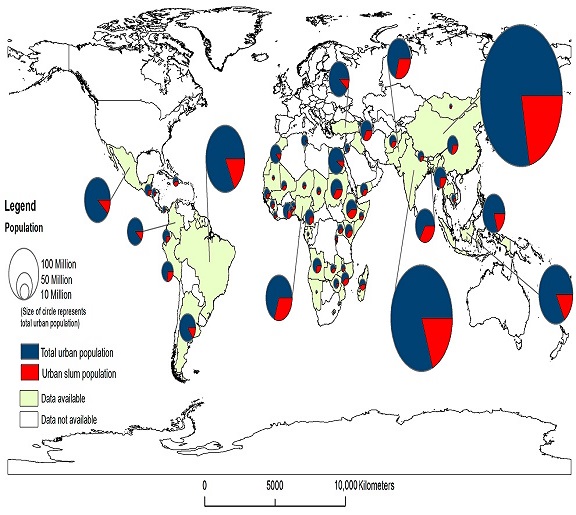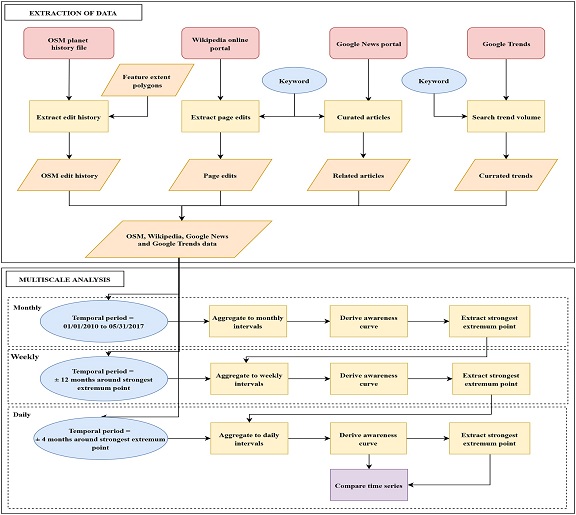Predicting where resources will be needed most.
Why It Matters
We decide to migrate for a range of reasons - from seeking an improvement in wellbeing, to being displaced due to events such as climate change or conflict. Understanding both the drivers and destinations of individuals can greatly aid efforts to ensure adequate resources are available at destinations, or enable attempts to mediate migratory outflows by reducing the impact of displacement events. We use machine learning, satellite imagery, social media, and large-scale databases of migratory flows to build predictive models to improve practitioners situational awareness of migratory drivers, destinations, and potentially disruptive events.

Applications of Deep Learning & Computer Vision - Migration
Computer vision and deep learning techniques have opened the door to measuring migratory flows in ways impossible even a decade ago. We focus on novel computer vision techniques which use satellite imagery to determine a range of location characteristics (i.e., water resources, housing density, building materials, household assets), and then use this data in machine learning models to predict where migrants are likely to go in the case of a disruptive event. Current research is focusing on the integration of deep learning techniques to gain additional predictive power.

Migratory Network Analysis & System Modeling
Social Networks are a key driver of migration, serving as both push and pull factors on populations in nearly all environments. Modeling migratory patterns requires a network and systems approach - understanding the linkages within a network, and the contexts in which those linkages form or dissapate. Our research explores integrating new types of data (i.e., satellite) into network structures, and then applying machine learning techniques to understand the drivers of network structure, and predict likely future network states. We focus on understanding how so-called 'black swan events' might alter the structure of both the network and how information (and, in turn, migrants) might flow within it.

Open Data for Migratory Studies
Migratory information is very difficult to retrieve - generated by on-the-ground surveys, frequently in conflict zones, even the organizations that collect this information may fear to release it due to the safety risks of revealing where they operate. To assist in overcoming this challenge, we release a range of methods and datasets to enable policymakers to ask and answer questions they otherwise would not be able to.
